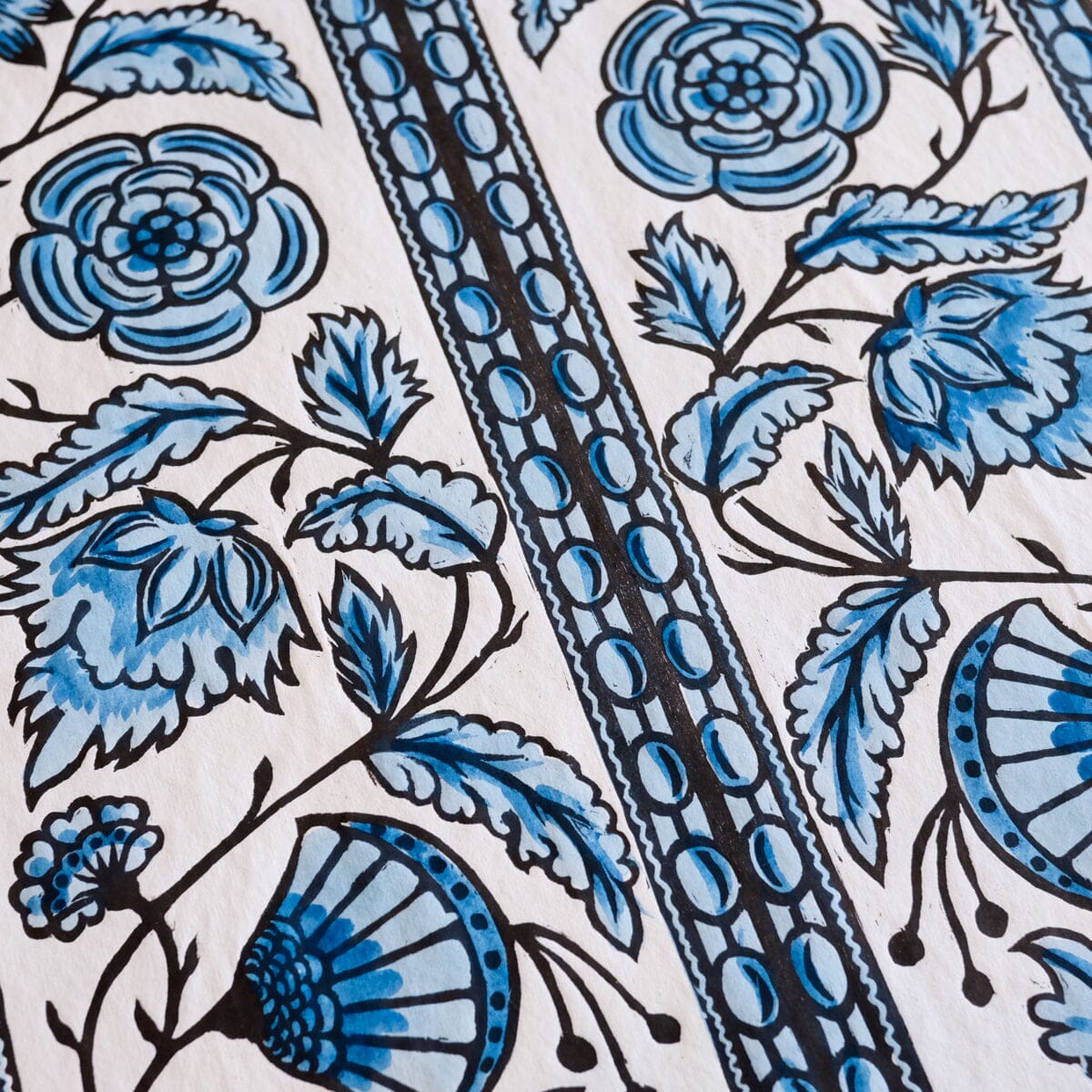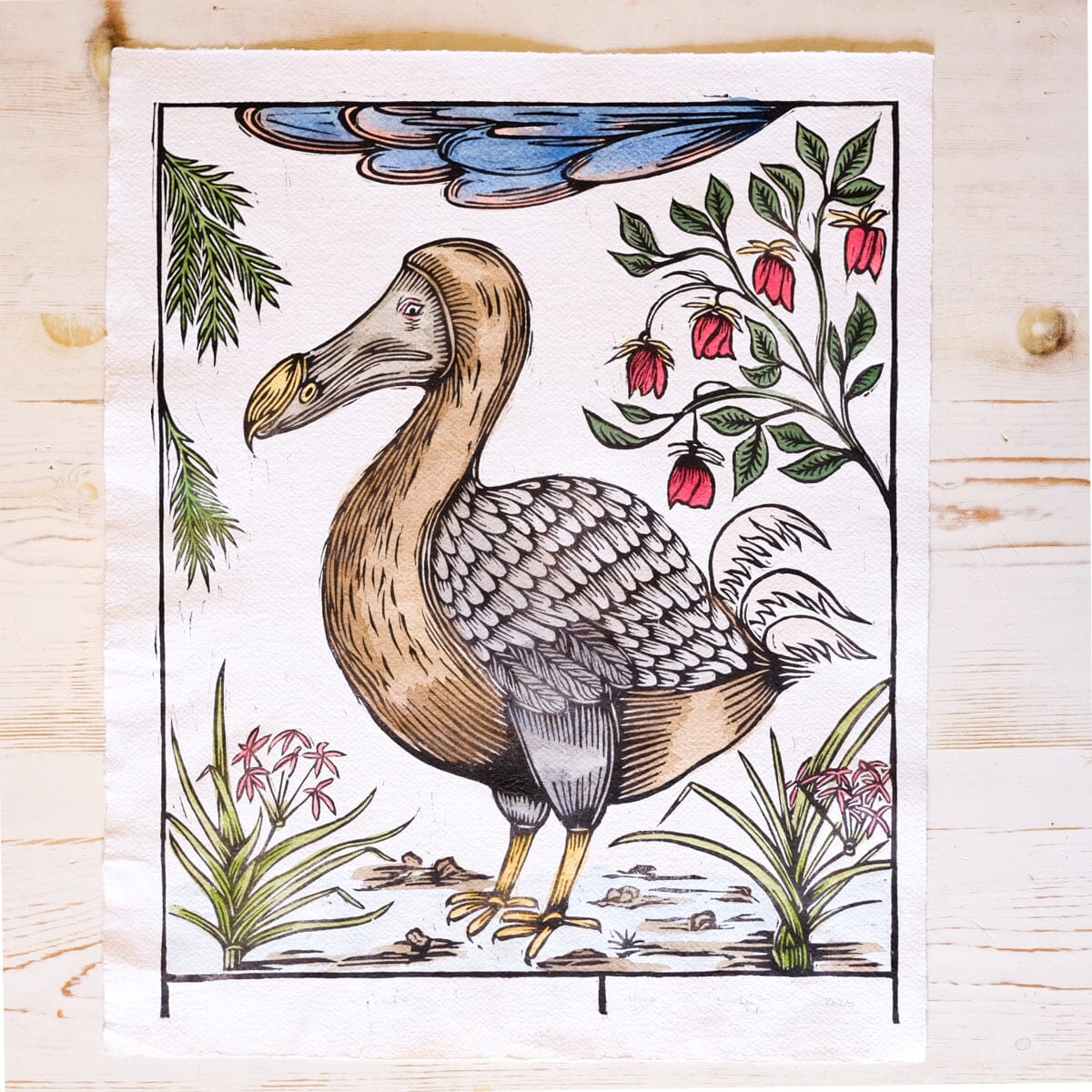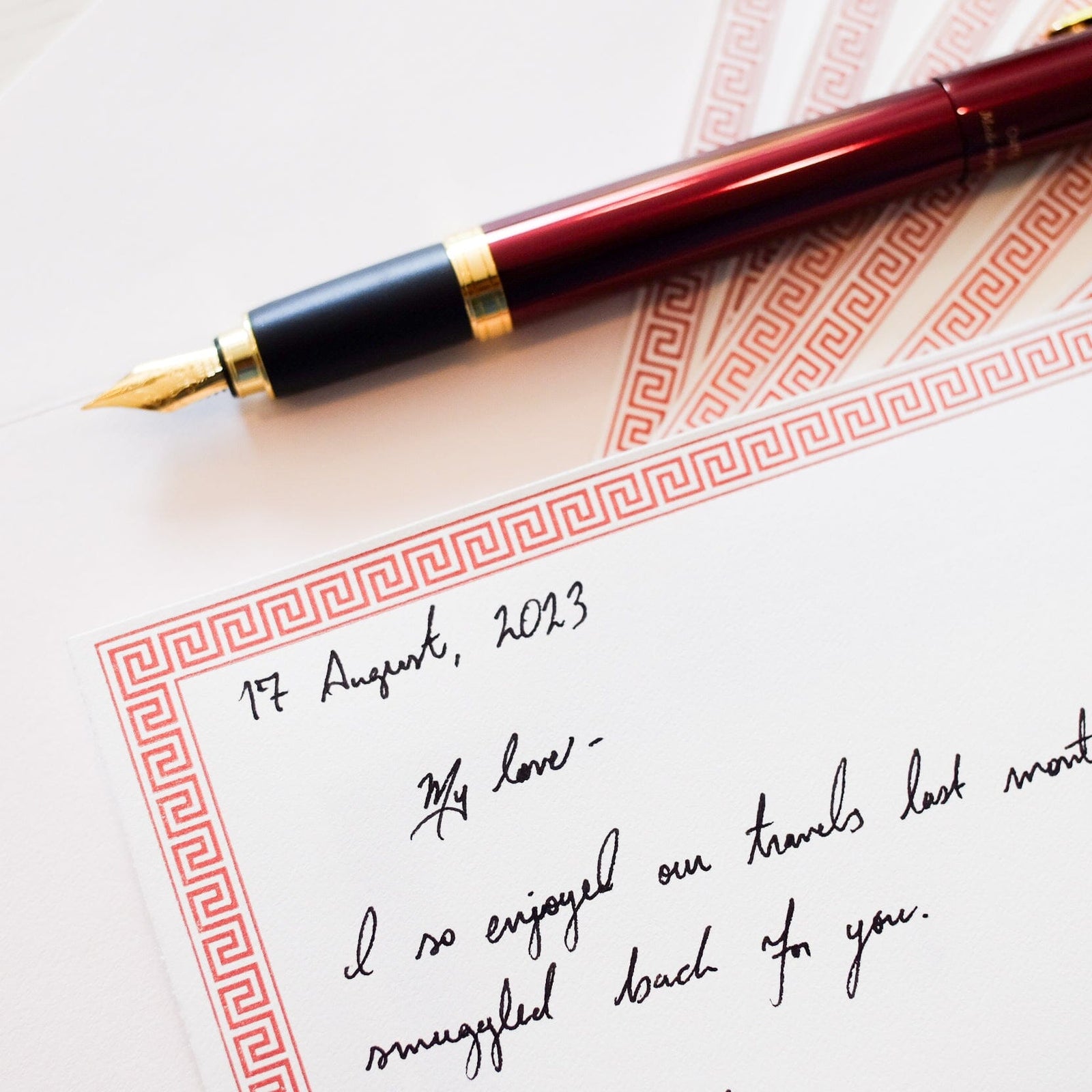- Home
-
SHOP
- New
- Art Prints
- Framed Prints
- Hand-Painted Domino Papers
- All Prints
- Notebooks
- Stitch-Bound Notebooks
- Wire-Bound Notebooks
- Journals & Planners
- Other Notebooks
- Writing Stationery
- Greeting Cards
- Writing Instruments
- Kaweco: Pens & Ink
- LAMY: Pens & Ink
- Ferris Wheel Press: Pens & Ink
- Pineider: Italian Fountain Pens
- Vintage & Antique Pens
- Midori & Pilot Pens
- Bottled Ink
- Calligraphy
- Vintage Pencils
- Blackwing
- Tombow
- Desk Accessories
- Paperweights
- Stickers
- Stationery Accessories
- Dresden Foils
- Table Linens & Home Goods
-
Events & Classes
- Contact & Locations
- Apply to work with us!
- Blog
-
Weddings






 Camellia and Cherry - Rimpa School Series.
Camellia and Cherry - Rimpa School Series. 

 Japanese Camellia hand-carved woodblock coming off the press.
Japanese Camellia hand-carved woodblock coming off the press.

